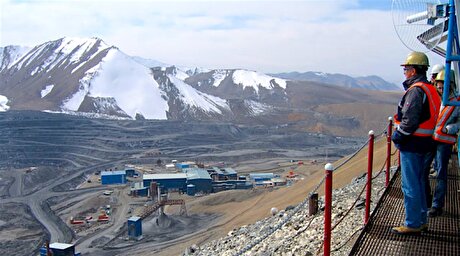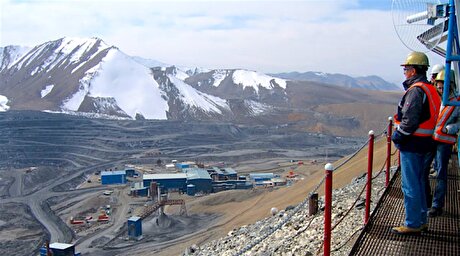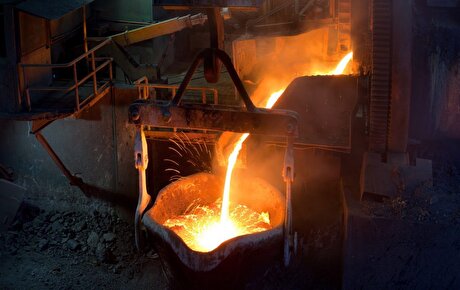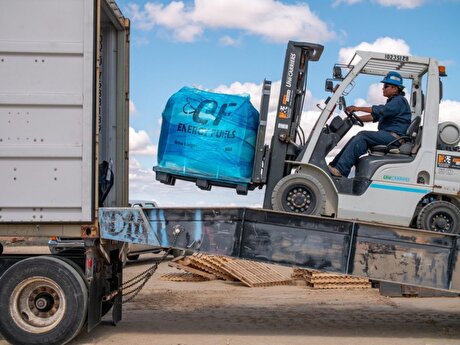
Viewpoint: Asia bitumen demand holds firm

Supply-demand dynamics shift
Asia's bitumen trade flows underwent a significant change in 2019. Significant arbitrage flows re-emerged from the Mediterranean to the Mideast Gulf and Asia-Pacific for the first time since 2015, with over 390,000t sent on that route. These flows were sufficient to meet demand for most of the third and fourth quarters of 2019.
The sharp jump in imports to Asia-Pacific was largely driven by refinery turnarounds and a move by Asian refiners to run lighter crudes in preparation for the International Maritime Organisation (IMO) 2020 sulphur cap. The change in crude slate also led to problems with off-specification production at some refineries in southeast Asia, which further tightened supplies.
Singapore prices were at premiums of $90-150/t to fob prices in Greece for the second half of 2019, indicating a viable arbitrate. And Singapore cargo prices have been nearly $50-60/t higher than Bahrain prices since the third quarter, which is again drawing Bahraini cargoes towards Asia-Pacific, as happened towards the end of 2018 and the early part of 2019.
Supplies also moved from north Asia to southeast Asia to meet strong construction demand. South Korea's exports to Vietnam rose by 83pc from a year earlier to 28,227t in the first half of 2019, while exports to Malaysia more than doubled in the period.
Consumption was also strong in China, with demand rising by 7pc to 23.8mn t in the first nine months of this year. And consumption in India, a key regional demand centre, was around 2.9mn t in April-September, the first half of the country's financial year, up by around 21pc from 2.4mn t a year earlier. Refiners in India have been undergoing turnarounds to prepare for new motor fuel emissions standards next year, which helped send imports up by 65pc to 641,000t in the period.
Freight rates on the rise
Arbitrage movements from the Mediterranean and the Mideast Gulf have been attractive in part due to lower freight rates. But freight rates in Asia have shot up since November as vessel owners switch to using IMO-compliant fuel.
Freight rates on regular shipment routes — such as Singapore to Gresik, Indonesia; South Korea to east China or Singapore to east Australia — have gone up by at least $7-10/t over the past 2-3 years, an increase of nearly 30pc. The rise in freight rates may put downward pressure on export prices if arbitrage shipments are to remain attractive.
Regional bitumen demand is expected to remain firm in 2020, as China enters the last year of its 13th five-year plan and governments in southeast Asia focus on road projects. But the first quarter may be challenging, as road works typically slow because of the onset of the monsoon season and the lunar new year holidays.
Asian bitumen prices maintained their premium to high-sulphur fuel oil for most of 2019, but there has been a sharp disconnect since the third quarter as product availability has tightened because of refinery turnarounds and limited availability of heavy crudes. This, together with firm bunker costs and a wide gap between low- and high-sulphur fuel oil prices, is likely to continue to negatively bitumen production in 2020.
By Aabha Gandhi


Trump weighs using $2 billion in CHIPS Act funding for critical minerals

Codelco cuts 2025 copper forecast after El Teniente mine collapse

Electra converts debt, launches $30M raise to jumpstart stalled cobalt refinery

Barrick’s Reko Diq in line for $410M ADB backing

Abcourt readies Sleeping Giant mill to pour first gold since 2014

Nevada army depot to serve as base for first US strategic minerals stockpile

SQM boosts lithium supply plans as prices flick higher

Viridis unveils 200Mt initial reserve for Brazil rare earth project

Tailings could meet much of US critical mineral demand – study

Kyrgyzstan kicks off underground gold mining at Kumtor

Kyrgyzstan kicks off underground gold mining at Kumtor

KoBold Metals granted lithium exploration rights in Congo

Freeport Indonesia to wrap up Gresik plant repairs by early September

Energy Fuels soars on Vulcan Elements partnership

Northern Dynasty sticks to proposal in battle to lift Pebble mine veto

Giustra-backed mining firm teams up with informal miners in Colombia

Critical Metals signs agreement to supply rare earth to US government-funded facility

China extends rare earth controls to imported material

Galan Lithium proceeds with $13M financing for Argentina project

Kyrgyzstan kicks off underground gold mining at Kumtor

Freeport Indonesia to wrap up Gresik plant repairs by early September

Energy Fuels soars on Vulcan Elements partnership

Northern Dynasty sticks to proposal in battle to lift Pebble mine veto

Giustra-backed mining firm teams up with informal miners in Colombia

Critical Metals signs agreement to supply rare earth to US government-funded facility

China extends rare earth controls to imported material

Galan Lithium proceeds with $13M financing for Argentina project

Silver price touches $39 as market weighs rate cut outlook

















